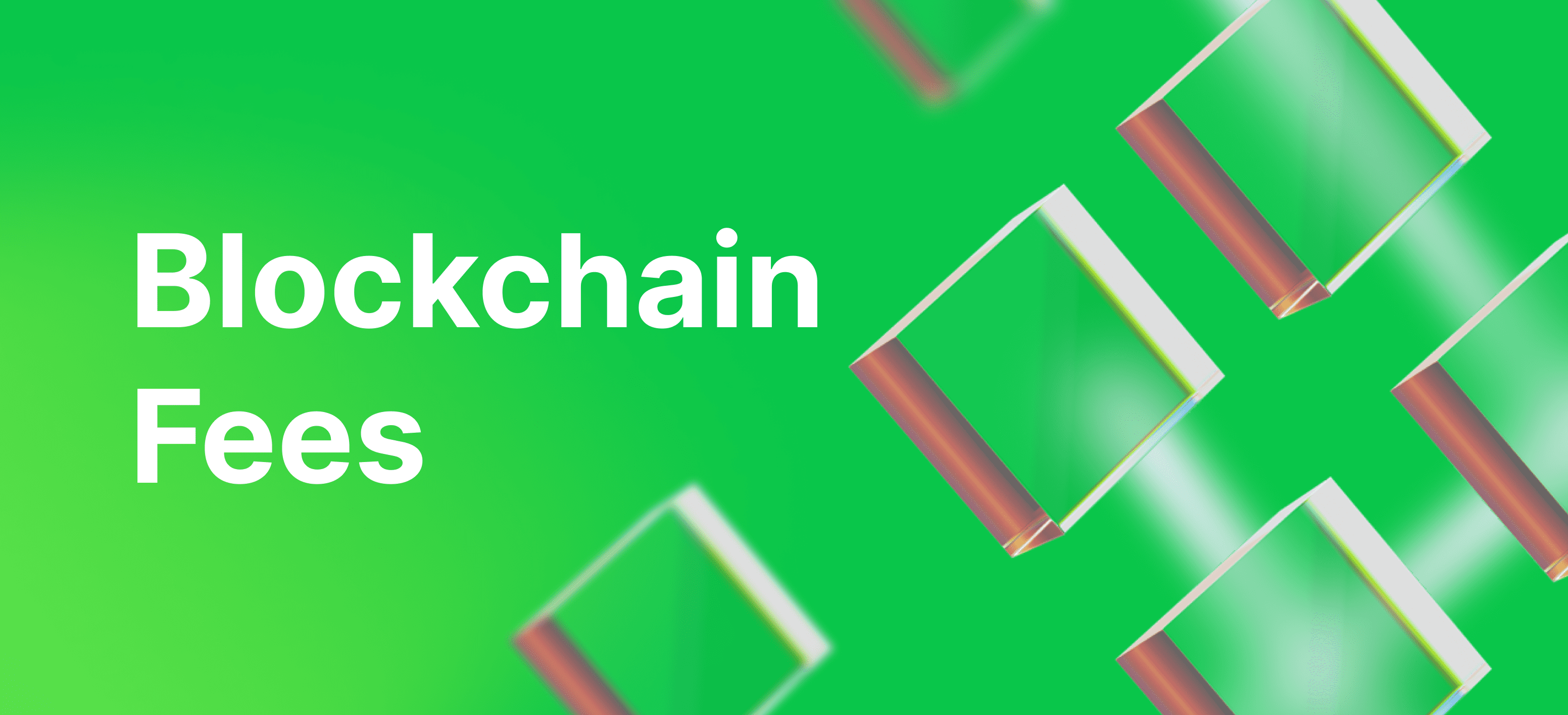Blockchain is a technology pretending to revolutionize the world, as a string of sectors implements the innovation to increase efficiency, cut costs, and make processes more transparent. The foremost concern is to understand what are blockchains and their main advantages.
Blockchain. Revolutionary technology in simple terms
Such technology is understood as a system (database) that has no central server. Blocks are shared among users involved in the system. Up-to-date encryption algorithms protect every block from editing and copying by other users.
What is the working mechanism of blockchain?
- A user creates the first, initial block that is the basis of the whole system.
- Every next block contains information about previous ones, containing details of confirmed transactions.
- Users cannot change a block, as such an attempt may destroy the whole system where all blocks are interdependent.
According to the Bank of England, blockchain is a technology that allows people who dont know each other to leverage a database trustingly.
Blockchains and crypto technologies are frequently understood as integral components. Such a system originates from Bitcoin; meanwhile, it expands the influence, being implemented in cloud solutions, online banking, authentication systems, logistics, and other sectors.
Types of blockchains
The blockchain industry is quite complicated and its use cases constantly increase. Such platforms are divided into three main categories:
- Public blockchain. The other name of this category is an open blockchain leveraged by the vast majority of digital assets. Such a network is shared and decentralized while every new block requires the confirmation of node computers. All transactions are public and node computers have equal rights.
- Private blockchain. This network is controlled by one organization, and members need to have permission for accessing or confirming blocks. Private blockchains imply diverse access levels suggested for a systems members.
- Consortium blockchain. The model is a hybrid of the main two types, as a blockchain is controlled by several organizations being decentralized but users have limited access, as the owners decide whether the information is private or public.
While talking about digital currencies, some assets are based on their own assets, while other cryptocurrencies leverage leading technologies developed by other projects. What are the top crypto blockchains?
Leading blockchains of the crypto community
Bitcoin blockchain: main characteristics
On the one hand, the Bitcoin blockchain is ranked 13 among public blockchains; meanwhile, the first crypto has given birth to the whole sector, and the terms blockchain and Bitcoin are inseparable.
The network processes about 7 transactions per second, while the average confirmation time is 10 minutes. While talking about fees, the average fee is $6.44. If we analyze the yearly chart, commissions vary from $9.38 to $62.79.
The Bitcoin blockchain is leveraged by forks of the first digital currency: Litecoin, Bitcoin Cash, and other assets.
Ethereum blockchain: main characteristics
This network leads the ranking of public blockchains, as numerous crypto projects, including DeFi currencies, are grounded on this system.
The current network, Ethereum 1.0 processes about 15-30 transactions per second; meanwhile, the blockchain is standing on the threshold of global changes as the 2.0 version is about to process up to 100 000 transactions per second. As for the fees, commissions vary from $50 to $90 per one transaction.
The Ethereum blockchain is leveraged by DeFi projects, NFTs, and even CBDCs; this is why such a network has purportedly the great future.
TRON blockchain: main characteristics
TRON is initially a platform for entertaining content, offering newer projects a set of advantages. Based on the Google Protobuf protocol, this ecosystem intends to streamline communications within members. Furthermore, the blockchain is compatible with different programming languages.
The TRON blockchain processes up to 2000 transactions per second, while fees are among the lowest in the industry. 0.1 TRX is charged for coins and 2 TRX for tokens. These commissions are equaled to $0.007 and $0.14 respectively.
EOS blockchain: main characteristics
This network has much in common with the TRON blockchain, understanding high transaction speed and low fees as top priorities.
The blockchains potential reaches the possibility to process up to 50 000 transactions per second. This said, such a network is regarded as a strong competitor for existing payment systems (SWIFT, VISA).
As for transaction fees, EOS offers blockchain users a unique benefit EOS transactions are entirely free, no matter what the amount of digital assets transferred.
Algorand blockchain: main characteristics
Algorand is a bridge into the future, as the project connects decentralized and traditional finances. The popularity of such a network is highlighted by the fact that the Algorand blockchain is among networks leveraged by Tether to launch stablecoins.
The blockchain processes up to 1000 transactions per second, while the estimated confirmation time is 45 seconds only. Fees fall into the category of minimum ones, as the blockchain charges $0.0001 per transaction.



.svg)







